The concept of recovery after exercise is often overshadowed by the enthusiasm for training itself. Yet, it’s during the recovery phase that the body undergoes the most significant adaptations. Whether you’re a professional athlete or a weekend warrior, understanding how to optimize recovery can mean the difference between progress and stagnation, or worse, injury.
Muscle repair and growth occur when the body is at rest, not during the workout. This fundamental truth underscores the importance of recovery. When you exercise, especially with resistance training or high-intensity intervals, you create micro-tears in muscle fibers. The body responds by repairing these tears, making the muscles stronger and more resilient. However, this process requires time, proper nutrition, and adequate sleep.
Sleep is perhaps the most underrated component of recovery. During deep sleep, the body releases growth hormone, which plays a crucial role in tissue repair and muscle growth. Chronic sleep deprivation, on the other hand, elevates cortisol levels, a stress hormone that can impede recovery and even lead to muscle breakdown. Aim for seven to nine hours of quality sleep per night to allow your body to fully recharge.
Nutrition is another cornerstone of effective recovery. Consuming a balanced mix of proteins, carbohydrates, and fats within the first hour after exercise—often referred to as the "anabolic window"—can significantly enhance recovery. Proteins provide the amino acids necessary for muscle repair, while carbohydrates replenish glycogen stores depleted during exercise. Healthy fats, though often overlooked, support hormone production and reduce inflammation.
Hydration is equally critical. Even mild dehydration can impair physical performance and delay recovery. Water supports every metabolic function in the body, including the transport of nutrients to cells and the removal of waste products. For intense or prolonged exercise, electrolyte-rich drinks can help restore the balance of sodium, potassium, and other minerals lost through sweat.
Active recovery, as opposed to complete rest, has gained traction in recent years. Light activities such as walking, swimming, or yoga can promote blood flow to sore muscles, delivering oxygen and nutrients while flushing out metabolic waste like lactic acid. This approach can reduce muscle stiffness and improve flexibility without overtaxing the body.
Cold therapy, such as ice baths or cryotherapy, has been popularized by athletes seeking to reduce inflammation and soreness. While the science is mixed, some studies suggest that cold exposure can constrict blood vessels and decrease metabolic activity, thereby reducing swelling and tissue breakdown. However, others argue that inflammation is a natural part of the recovery process and that interfering with it might hinder long-term adaptations.
On the opposite end of the spectrum, heat therapy—through saunas, hot baths, or heating pads—can relax tight muscles and improve circulation. Heat is particularly beneficial for chronic stiffness or joint pain, as it increases tissue elasticity and promotes relaxation. Alternating between heat and cold, known as contrast therapy, is another strategy some athletes swear by for accelerating recovery.
Mental recovery is just as important as physical recovery. Intense training can take a toll not only on the body but also on the mind. Stress, whether physical or psychological, triggers the release of cortisol, which can interfere with recovery. Techniques such as meditation, deep breathing, or even leisurely activities like reading can help lower stress levels and promote a state of relaxation conducive to healing.
Listening to your body is perhaps the most valuable skill in recovery. Pain, excessive fatigue, or a sudden drop in performance can be signs of overtraining. Pushing through these signals often leads to burnout or injury. Rest days should be scheduled just as rigorously as training days, allowing the body and mind to recuperate fully.
Technology has also entered the recovery space, with tools like compression garments, percussion massagers, and even wearable devices that monitor heart rate variability (HRV) to assess recovery status. While these tools can provide valuable insights, they should complement, not replace, fundamental recovery practices like sleep and nutrition.
Ultimately, recovery is a highly individualized process. What works for one person may not work for another. Experimentation and self-awareness are key to finding the right balance. Whether it’s through traditional methods or modern innovations, prioritizing recovery ensures that you can train harder, perform better, and enjoy the journey toward your fitness goals.

By /May 21, 2025

By /May 21, 2025

By /May 21, 2025

By /May 21, 2025

By /May 21, 2025

By /May 21, 2025
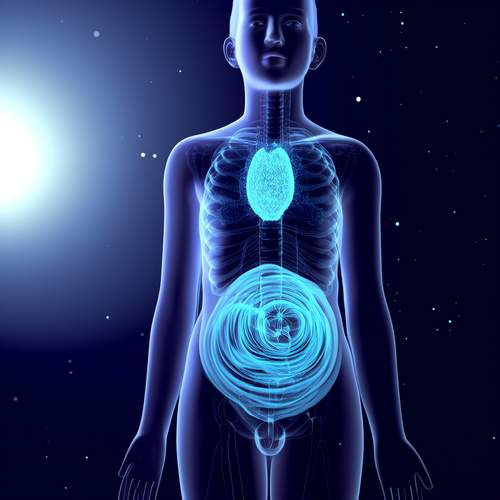
By /May 21, 2025
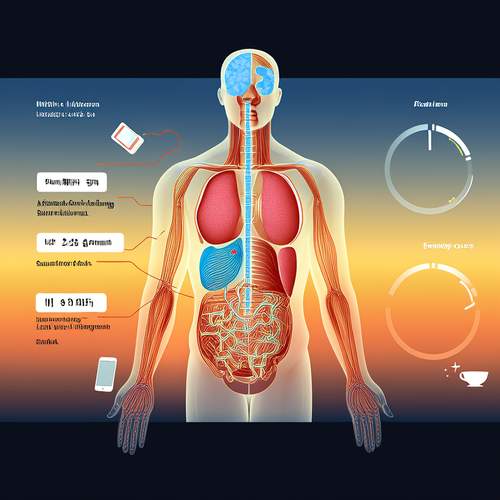
By /May 21, 2025
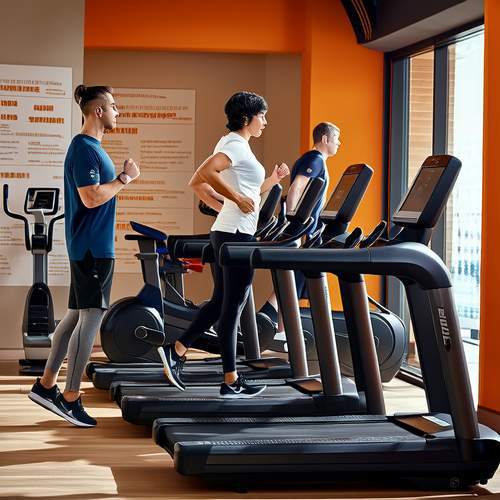
By /May 21, 2025
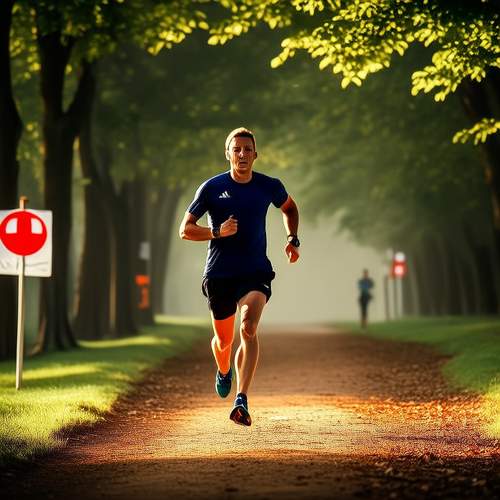
By /May 21, 2025

By /May 21, 2025

By /May 21, 2025
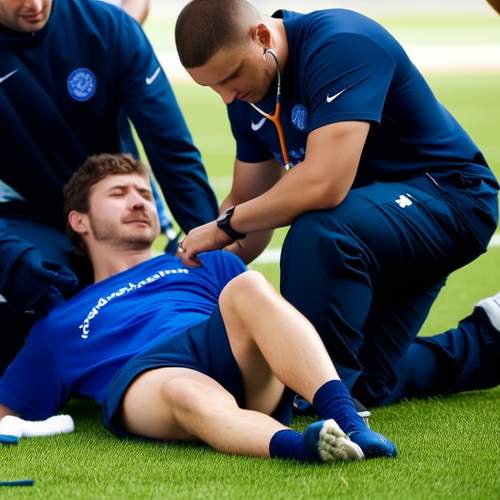
By /May 21, 2025

By /May 21, 2025

By /May 21, 2025

By /May 21, 2025
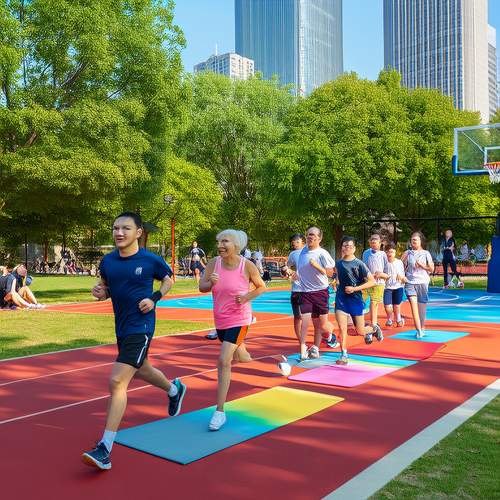
By /May 21, 2025

By /May 21, 2025

By /May 21, 2025

By /May 21, 2025